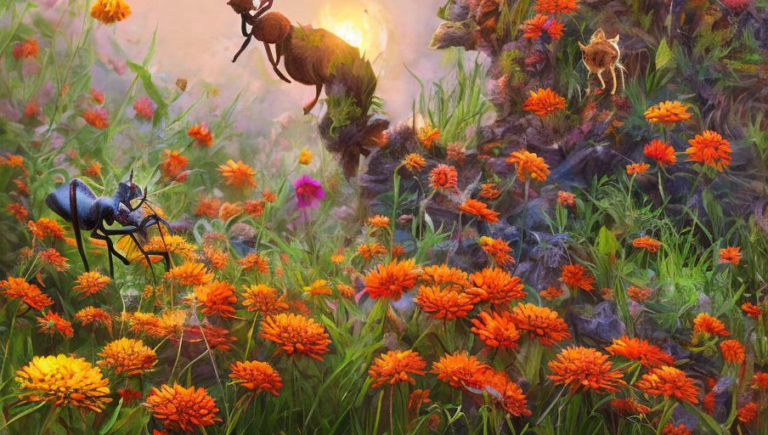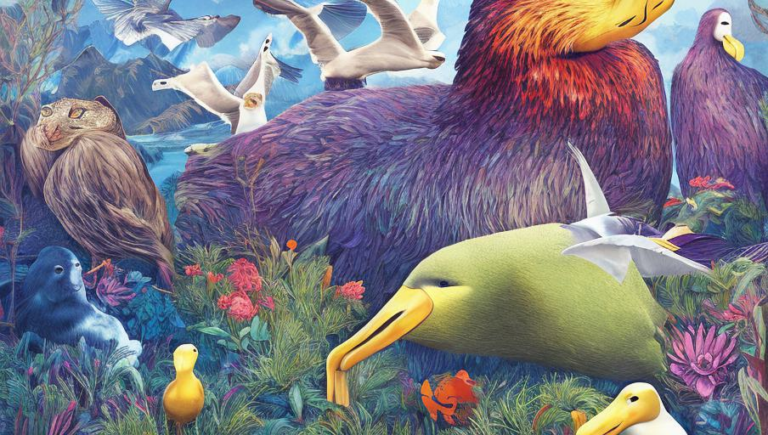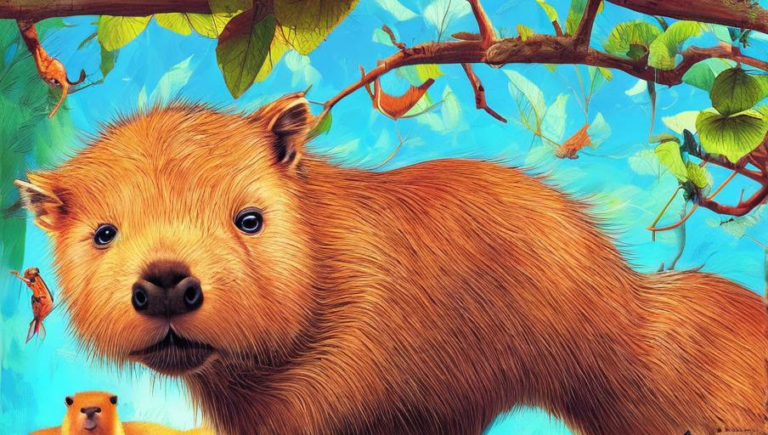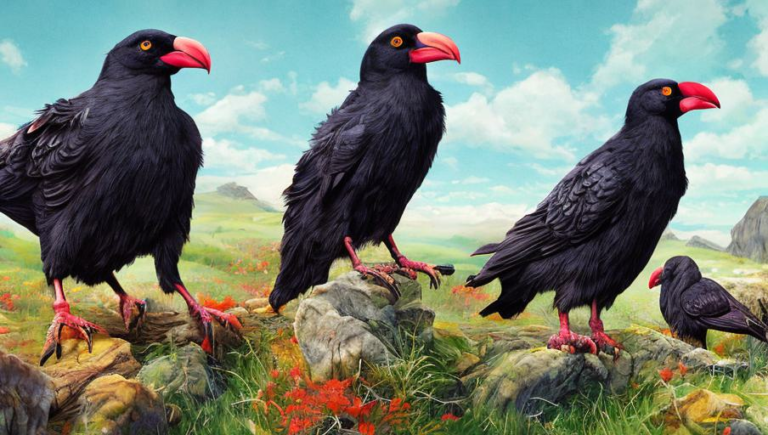Grasping the Value of Butterfly Conservation
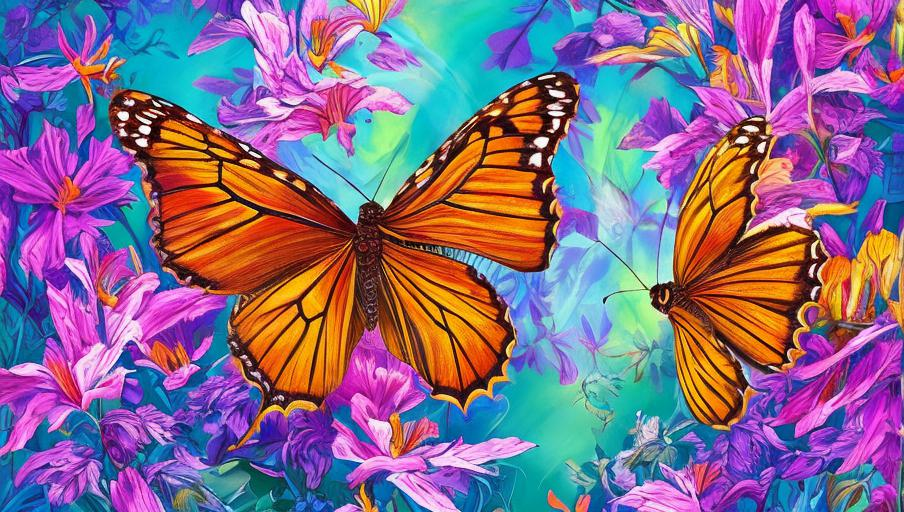
The Magical World of Butterflies
Butterflies have always been a source of fascination for humans. These small, delicate creatures have been seen as a symbol of beauty and grace, fluttering in the sky as if they were dancing. Their vibrant colors and intricate patterns captivate us and make us marvel at their beauty.
Butterflies are more than just a pretty sight; they are essential to the earth’s functioning ecosystem. Butterflies are important pollinators, helping to spread pollen from flower to flower and plant to plant, allowing for the continuation of certain species. They also help to keep certain insect populations in check, which can help protect crops from becoming over-infested. Without butterflies, the world would look very different.
Threats to Butterfly Populations
Sadly, butterfly populations around the world are in decline due to various threats. One of the greatest threats to butterflies is habitat loss due to deforestation and urbanization. As humans expand and develop, we take away the places where butterflies live and feed. This can be devastating for local populations of butterflies, as they are unable to find the necessary resources they need to survive.
In addition to habitat loss, butterflies are also threatened by climate change. As temperatures increase, butterflies are unable to find the ideal temperatures they need to survive, and they are forced to migrate to other areas. This can be difficult for them, as they are not used to the new habitats and may not be able to find the resources they need. As temperatures continue to rise, more and more butterfly populations are in danger.
Pesticides and other pollutants are also a major threat to butterfly populations. These chemicals can be toxic to butterflies and can lead to their death. They can also disrupt their mating habits, leading to fewer butterflies being born. This can have a drastic effect on butterfly populations, as their numbers can quickly decline.
The Benefits of Butterfly Conservation
Given the threats to butterfly populations, it is important that we take steps to protect them. Conservation efforts can help to ensure that butterfly populations have the resources they need to survive and thrive. This can include protecting their habitats, planting native plants that butterflies can use as food sources, and limiting the use of pesticides and other pollutants.
Conserving butterflies can also have a positive impact on the environment. As pollinators, butterflies help to spread pollen and keep plants healthy. This can help to protect biodiversity and the health of ecosystems. In addition, butterflies can help to keep certain insect populations in check, which can help to protect crops from becoming over-infested. Finally, butterflies can also be a source of tourism, as people come to witness their beauty and marvel at their intricate patterns.
Conclusion
Butterflies are much more than just pretty creatures; they are essential to the functioning of the planet’s ecosystems. As the threats to their populations increase, it is important that we take steps to protect them. By conserving their habitats, limiting the use of pesticides and other pollutants, and planting native plants that they can use as food sources, we can help to ensure that butterflies have the resources they need to survive and thrive.
